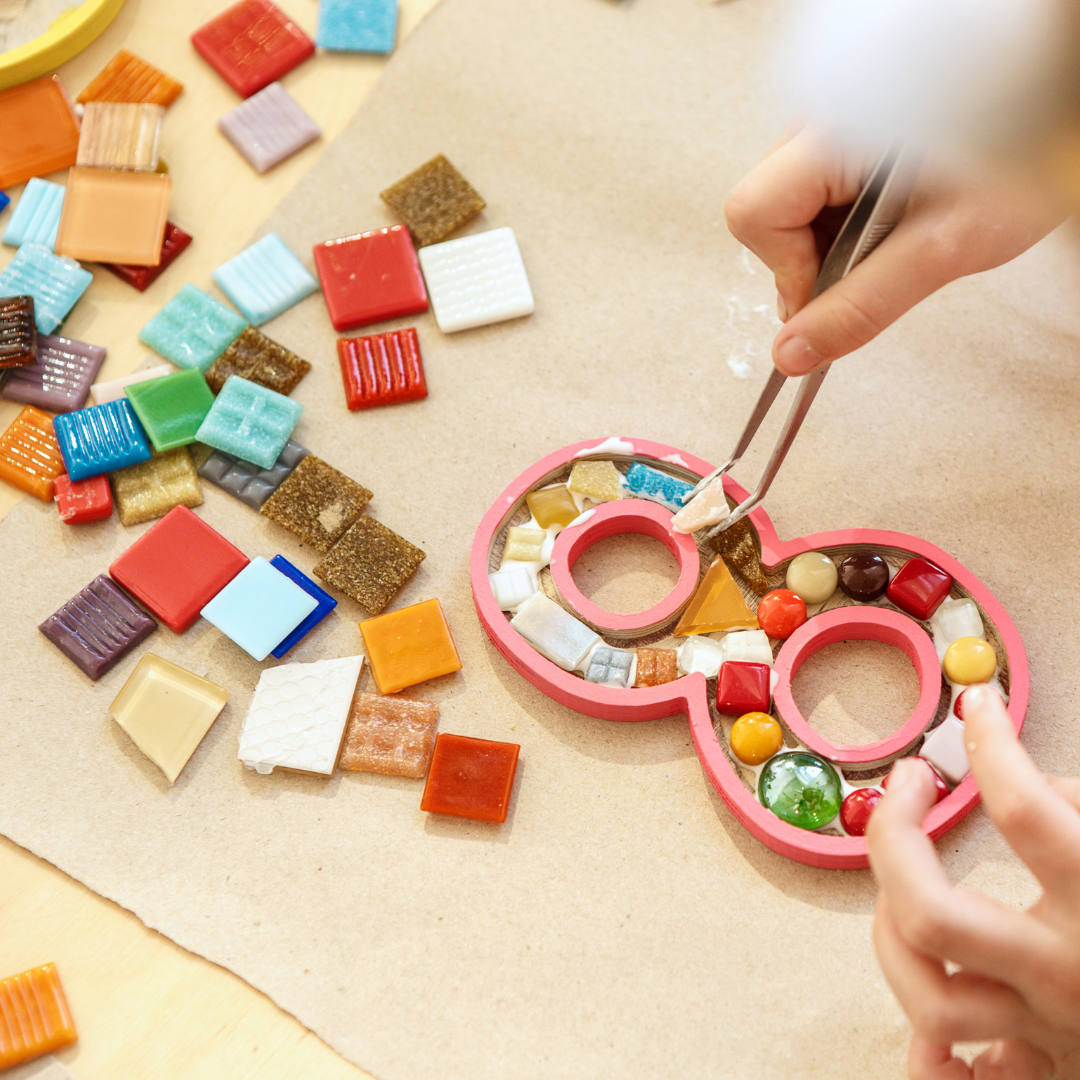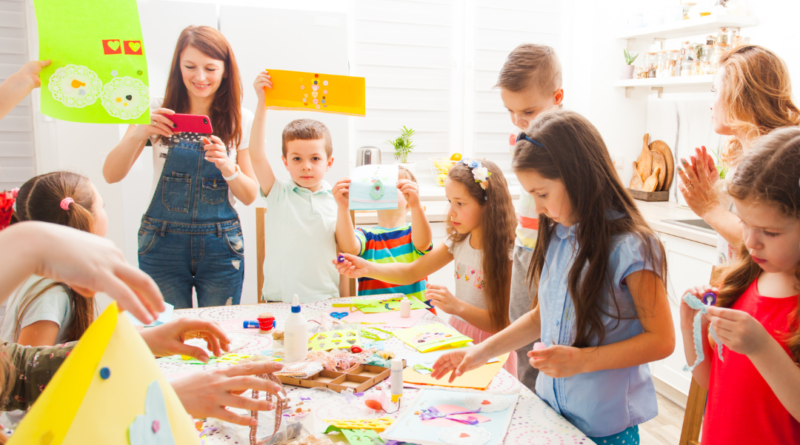Easy Ways to Teach Kids Creative Thinking
Creative thinking is the process of generating new ideas, making connections between seemingly unrelated concepts, and finding novel solutions to problems. It is an essential skill that can help children succeed in all aspects of life. Therefore, so here are five ways to teach kids creative thinking.
Encourage curiosity
Curiosity is the foundation of creative thinking. When children are curious, they are more likely to ask questions, explore their environment, and seek out new experiences. As a parent or teacher, you can encourage curiosity by fostering a sense of wonder in children. You can do this by exposing them to new ideas, books, and experiences that stimulate their imagination. You can also encourage them to ask questions and help them find answers. By doing so, you are creating an environment that supports and nurtures their natural curiosity.
Provide opportunities for exploration
Exploration is another essential element of creative thinking. When children explore their environment, they learn about the world around them, discover new ideas, and develop problem-solving skills. You can provide opportunities for exploration by giving children the freedom to play and experiment. This process can start when they are still babies and toddlers, especially if they use those thrilling Montessori toddler toys that help them think on their own and start developing different skills early on. Once your kids grow up, you can also take them on field trips to museums, parks, and other places where they can learn about the world around them. Encourage them to try new things and take risks. By doing so, you are helping them develop their natural curiosity and creativity. this
Foster a love of learning

A love of learning is critical for developing creative thinking skills. When children love to learn, they are more likely to seek out new information and ideas, and they are more likely to think creatively about how to apply that knowledge. You can foster a love of learning by making learning fun and enjoyable. You can do this by finding ways to incorporate games, puzzles, and other activities into your child’s learning experience. You can also provide positive feedback and encouragement when your child learns something new. By doing so, you are helping to create a positive association with learning, which can foster a lifelong love of learning.
Encourage imagination
Imagination is a vital component of creative thinking. When children have a vivid imagination, they are more likely to come up with creative solutions to problems, and they are more likely to think outside the box. You can encourage imagination by providing children with opportunities for open-ended play. You can give them toys that allow for creative play, such as building blocks, art supplies, and dress-up clothes. You can also encourage them to tell stories and use their imagination to create new worlds and characters. By doing so, you are helping to foster their natural creativity and imagination.
Teach problem-solving skills
Problem-solving is the ultimate goal of creative thinking. When children learn how to solve problems creatively, they are better equipped to handle the challenges they will face in life. You can teach problem-solving skills by presenting children with real-world problems and asking them to come up with creative solutions. You can also teach them to brainstorm and evaluate different solutions to problems. By doing so, you are helping to develop their critical thinking and problem-solving skills, which are essential for success in all areas of life.
Teaching kids creative thinking is essential for their success in all aspects of life. As a parent or teacher, you have the power to shape your child’s future by fostering their natural curiosity and creativity. So, take the time to incorporate these strategies into your child’s daily life, and watch as their creative thinking abilities flourish.


